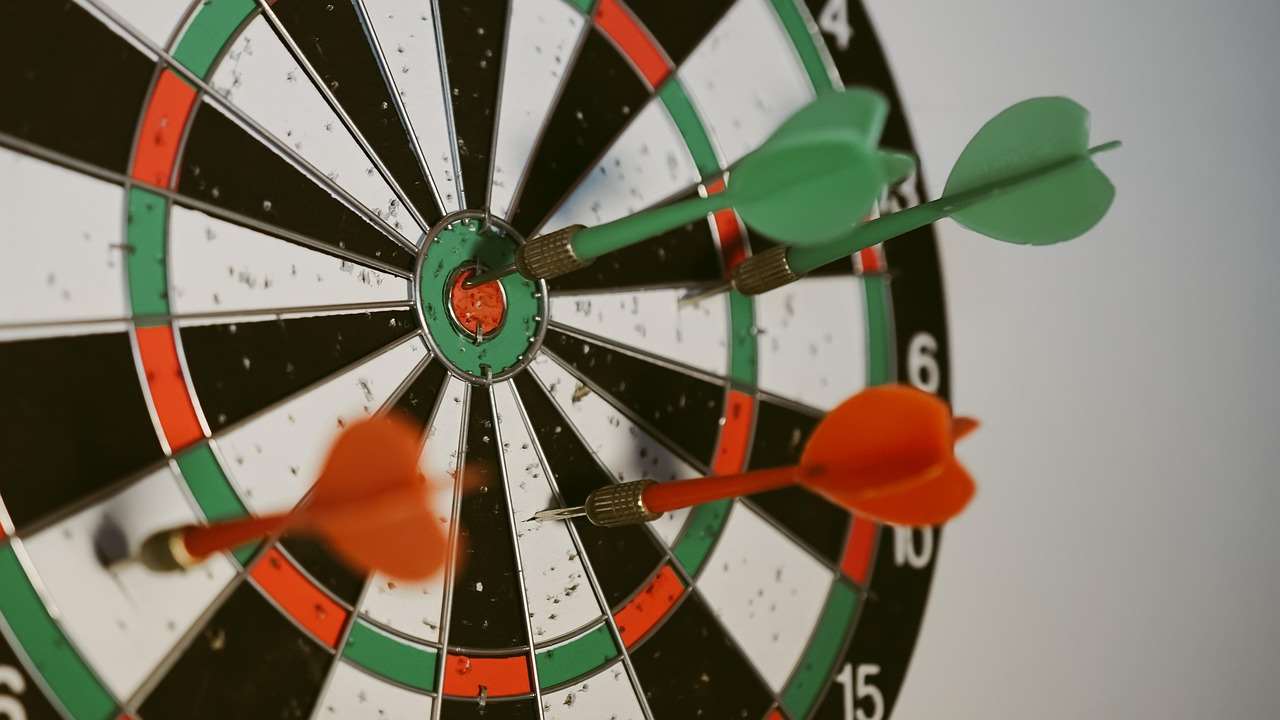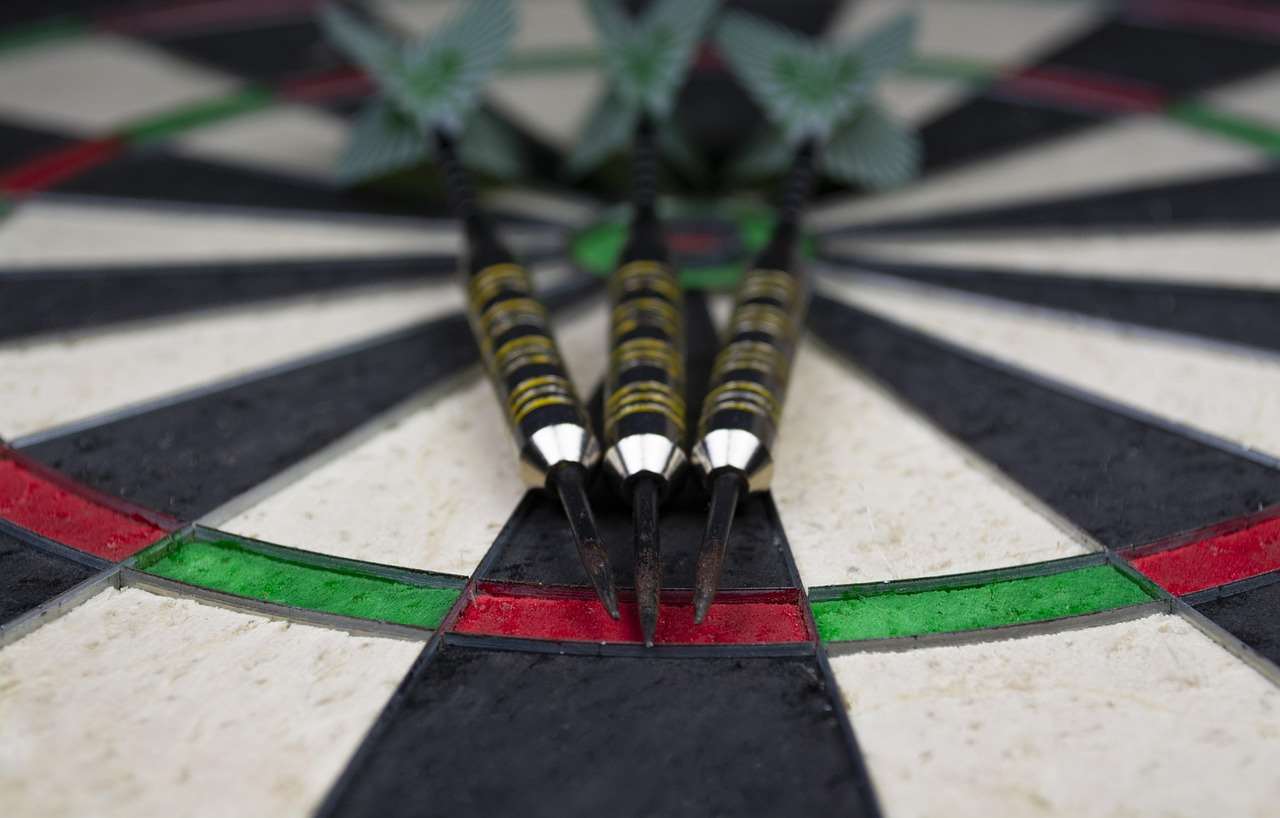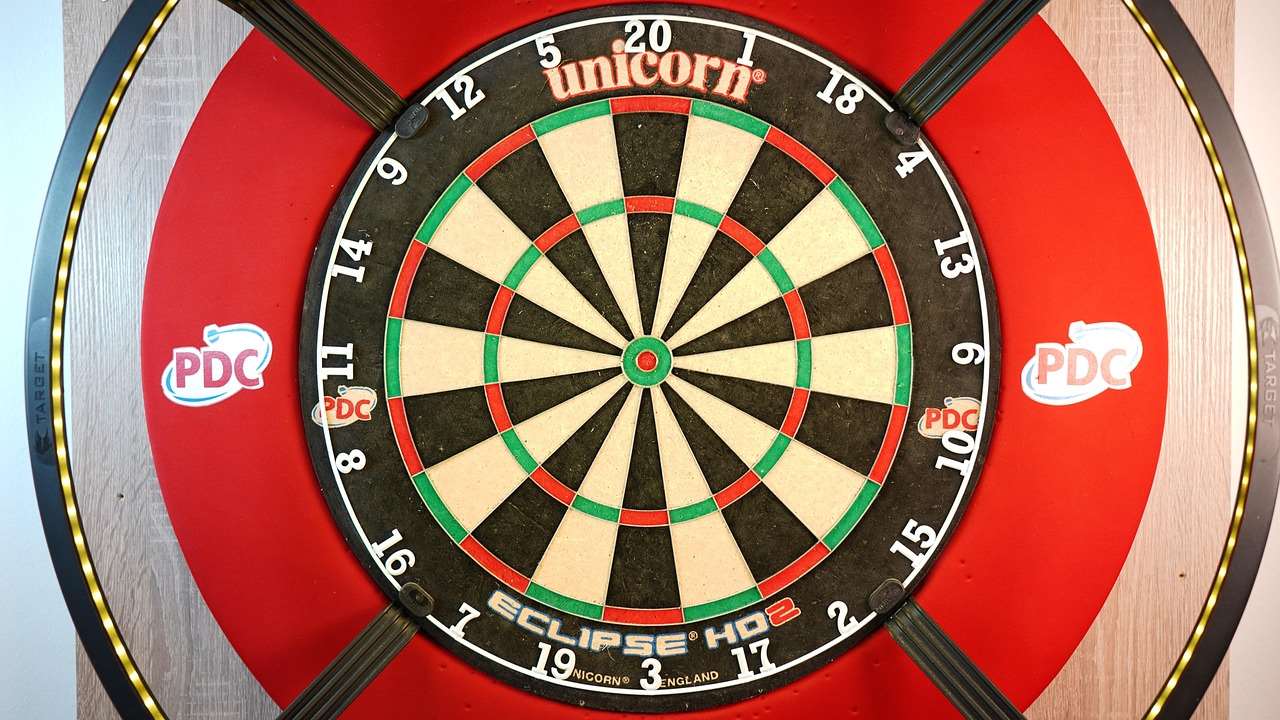If you’ve experienced or witnessed harassment within the darts community, it’s crucial to understand the avenues available for reporting harassment and creating a safer environment for everyone. This article provides a comprehensive guide on reporting harassment in the darts community, outlining steps to take, organizations to contact, and strategies for promoting a more inclusive and respectful atmosphere.
⚠️ Still Using Pen & Paper (or a Chalkboard)?! ⚠️
Step into the future! The Dart Counter App handles all the scoring, suggests checkouts, and tracks your stats automatically. It's easier than you think!
Try the Smart Dart Counter App FREE!Ready for an upgrade? Click above!
Understanding Harassment in the Darts Community
Harassment, in any form, is unacceptable and has no place in the darts community. It’s essential to recognize what constitutes harassment to effectively address and report harassment. Harassment can take many forms, including verbal abuse, intimidation, physical threats, unwelcome advances, and discriminatory behavior based on factors like gender, race, religion, sexual orientation, or disability.
It’s important to remember that harassment can occur both online and offline, and it can be perpetrated by anyone involved in the darts community, including players, officials, spectators, and sponsors. Ignoring or tolerating harassment only perpetuates a harmful culture. Recognizing the signs and taking action are vital steps in creating a more positive and supportive environment for all.

Why Reporting Harassment is Crucial
Reporting harassment is not only a personal act of courage but also a vital step towards fostering a safer and more inclusive darts culture and community guide. When individuals come forward to report incidents of harassment, they empower others to do the same, contributing to a broader shift in community standards and accountability. By addressing harassment head-on, we can prevent future incidents and send a clear message that such behavior will not be tolerated.
Furthermore, reporting harassment helps protect vulnerable individuals and ensures that the darts community remains a welcoming and enjoyable space for everyone. It allows organizations and governing bodies to take appropriate action against perpetrators and implement policies that promote respect and inclusivity. Without reporting, harassment can continue unchecked, creating a toxic environment and deterring participation.
The benefits of reporting harassment extend beyond individual cases. By actively addressing these issues, we can build a stronger and more resilient darts community that values diversity and inclusion. This, in turn, can lead to increased participation, improved performance, and a more positive overall experience for all involved.
The Role of Bystanders
Bystanders play a crucial role in reporting harassment in the darts community. Witnessing an incident of harassment can be distressing, but it also presents an opportunity to intervene and support the victim. Bystanders can take several actions, including directly confronting the harasser, offering support to the victim, and reporting harassment to the appropriate authorities.
It’s important for bystanders to prioritize their own safety and assess the situation before intervening. If direct intervention feels unsafe, bystanders can still take action by documenting the incident, gathering evidence, and reporting it to a trusted authority. Even small acts of support can make a significant difference to the victim and send a message that harassment is not acceptable.
How to Report Harassment Darts Community: A Step-by-Step Guide
Reporting harassment can feel daunting, but having a clear understanding of the process can make it less intimidating. Here’s a step-by-step guide to help you report harassment within the darts community:
- Document the Incident: As soon as possible after the incident, write down everything you remember, including the date, time, location, who was involved, what was said or done, and any witnesses present.
- Identify the Appropriate Reporting Channel: Determine which organization or governing body is responsible for handling harassment complaints within your specific darts league or community. This may include local league officials, national darts organizations, or event organizers.
- Gather Evidence: Collect any evidence that supports your claim, such as emails, text messages, social media posts, photos, or witness statements.
- Submit Your Report: Follow the reporting procedures outlined by the relevant organization. This may involve filling out a formal complaint form or submitting a written statement. Be as clear and concise as possible in your report, providing all relevant details and supporting evidence.
- Follow Up: After submitting your report, follow up with the organization to inquire about the status of your complaint. Be patient, but persistent, in ensuring that your report is being taken seriously and that appropriate action is being taken.
- Seek Support: Reporting harassment can be emotionally challenging. Seek support from trusted friends, family members, or mental health professionals.

Confidentiality and Anonymity
Many organizations offer options for confidential or anonymous reporting harassment. Confidential reporting means that your identity will be kept private unless you give permission to disclose it. Anonymous reporting allows you to submit a complaint without revealing your identity at all. However, keep in mind that anonymous reporting may limit the organization’s ability to investigate the incident thoroughly.
Retaliation Protection
It’s crucial to understand that many organizations have policies in place to protect individuals who report harassment from retaliation. Retaliation is any adverse action taken against someone for reporting harassment, such as being excluded from events, facing unfair treatment, or being threatened. If you experience retaliation after reporting harassment, you should report it immediately to the appropriate authorities.
Organizations and Resources for Reporting Harassment
Several organizations and resources are available to support individuals who have experienced or witnessed harassment within the darts community. These resources can provide guidance on reporting harassment, offer emotional support, and help you navigate the reporting process.
- Local Darts Leagues: Your local darts league is often the first point of contact for reporting harassment. League officials should have policies and procedures in place for handling complaints and ensuring a safe and respectful environment.
- National Darts Organizations: National darts organizations, such as the Professional Darts Corporation (PDC) and the World Darts Federation (WDF), typically have codes of conduct and reporting mechanisms for addressing harassment.
- Anti-Harassment Organizations: Numerous anti-harassment organizations offer resources and support for individuals who have experienced harassment. These organizations can provide legal advice, emotional support, and guidance on reporting harassment.
- Mental Health Professionals: Dealing with harassment can be emotionally challenging. Mental health professionals can provide counseling and support to help you cope with the emotional impact of harassment.

Promoting a Respectful Darts Community
Reporting harassment is essential, but it’s equally important to proactively promote a culture of respect and inclusivity within the darts community. Here are some strategies for creating a more positive and supportive environment:
- Establish Clear Codes of Conduct: Leagues and organizations should establish clear codes of conduct that explicitly prohibit harassment and discrimination. These codes should be widely communicated and enforced consistently.
- Provide Training and Education: Offer training and education programs on harassment prevention, bystander intervention, and creating inclusive environments.
- Promote Diversity and Inclusion: Actively promote diversity and inclusion within the darts community by encouraging participation from individuals of all backgrounds.
- Address Microaggressions: Be mindful of microaggressions, which are subtle but offensive comments or actions that can contribute to a hostile environment. Address microaggressions promptly and respectfully.
- Lead by Example: Leaders and role models within the darts community should lead by example, demonstrating respect and inclusivity in their words and actions. Consider the experience attending live darts and the atmosphere that is cultivated at these events.
Legal Considerations for Reporting Harassment
While many harassment incidents within the darts community may not rise to the level of criminal behavior, it’s essential to be aware of the legal implications of harassment. In some cases, harassment may constitute a violation of civil rights laws or other legal statutes. If you believe that you have been subjected to illegal harassment, you should consult with an attorney to discuss your legal options.
Document Everything
Regardless of whether you decide to pursue legal action, documenting all incidents of harassment is crucial. This documentation can serve as evidence if you decide to file a complaint with a governing body or pursue legal remedies. Accurate and detailed records can significantly strengthen your case and increase the likelihood of a successful resolution. Guide to attending darts events should outline how security handles these cases.

The Impact of Social Media on Reporting Harassment
Social media can be both a valuable tool and a potential source of challenges when it comes to reporting harassment. On the one hand, social media can provide a platform for victims to share their stories, raise awareness, and seek support. On the other hand, social media can also be used to spread rumors, engage in cyberbullying, and retaliate against individuals who report harassment.
It’s important to be mindful of the potential risks and benefits of using social media to discuss harassment. If you choose to share your story on social media, be prepared for both supportive and negative responses. It’s also important to protect your privacy and avoid sharing sensitive information that could compromise your safety or well-being.
Many social media platforms have policies in place for reporting harassment and cyberbullying. If you experience harassment on social media, you should report it to the platform and consider blocking or muting the harasser.
Moving Forward: Creating a Safer Darts Community
Creating a safer and more inclusive darts culture and community guide requires a collective effort from all members of the darts community. By understanding what constitutes harassment, reporting harassment when it occurs, and proactively promoting a culture of respect and inclusivity, we can create a welcoming and enjoyable environment for everyone. Remember that even small actions can make a big difference in creating a positive change within the community.
Ongoing Dialogue and Education
Maintaining an open dialogue about harassment and continuing to educate ourselves and others is critical for sustained progress. Regular workshops, seminars, and online resources can help keep the conversation going and ensure that everyone is aware of the latest best practices for preventing and addressing harassment. Building an understanding around the atmosphere at live darts matches can also help to develop understanding.

Conclusion
Reporting harassment in the darts community is a crucial step in ensuring a safe and inclusive environment for all. This article has provided a comprehensive guide on understanding harassment, reporting harassment effectively, and promoting a culture of respect and inclusivity. By taking proactive measures and supporting those who come forward, we can create a darts community where everyone feels welcome, respected, and valued.
Remember, your voice matters. If you have experienced or witnessed harassment, don’t hesitate to report harassment and seek support. Together, we can create a more positive and supportive darts community for all. Take action now by familiarizing yourself with the reporting procedures in your league or organization and becoming an advocate for a harassment-free darts environment. Let’s make the darts community a shining example of sportsmanship and respect. Are you ready to be a part of the solution?
Hi, I’m Dieter, and I created Dartcounter (Dartcounterapp.com). My motivation wasn’t being a darts expert – quite the opposite! When I first started playing, I loved the game but found keeping accurate scores and tracking stats difficult and distracting.
I figured I couldn’t be the only one struggling with this. So, I decided to build a solution: an easy-to-use application that everyone, no matter their experience level, could use to manage scoring effortlessly.
My goal for Dartcounter was simple: let the app handle the numbers – the scoring, the averages, the stats, even checkout suggestions – so players could focus purely on their throw and enjoying the game. It began as a way to solve my own beginner’s problem, and I’m thrilled it has grown into a helpful tool for the wider darts community.